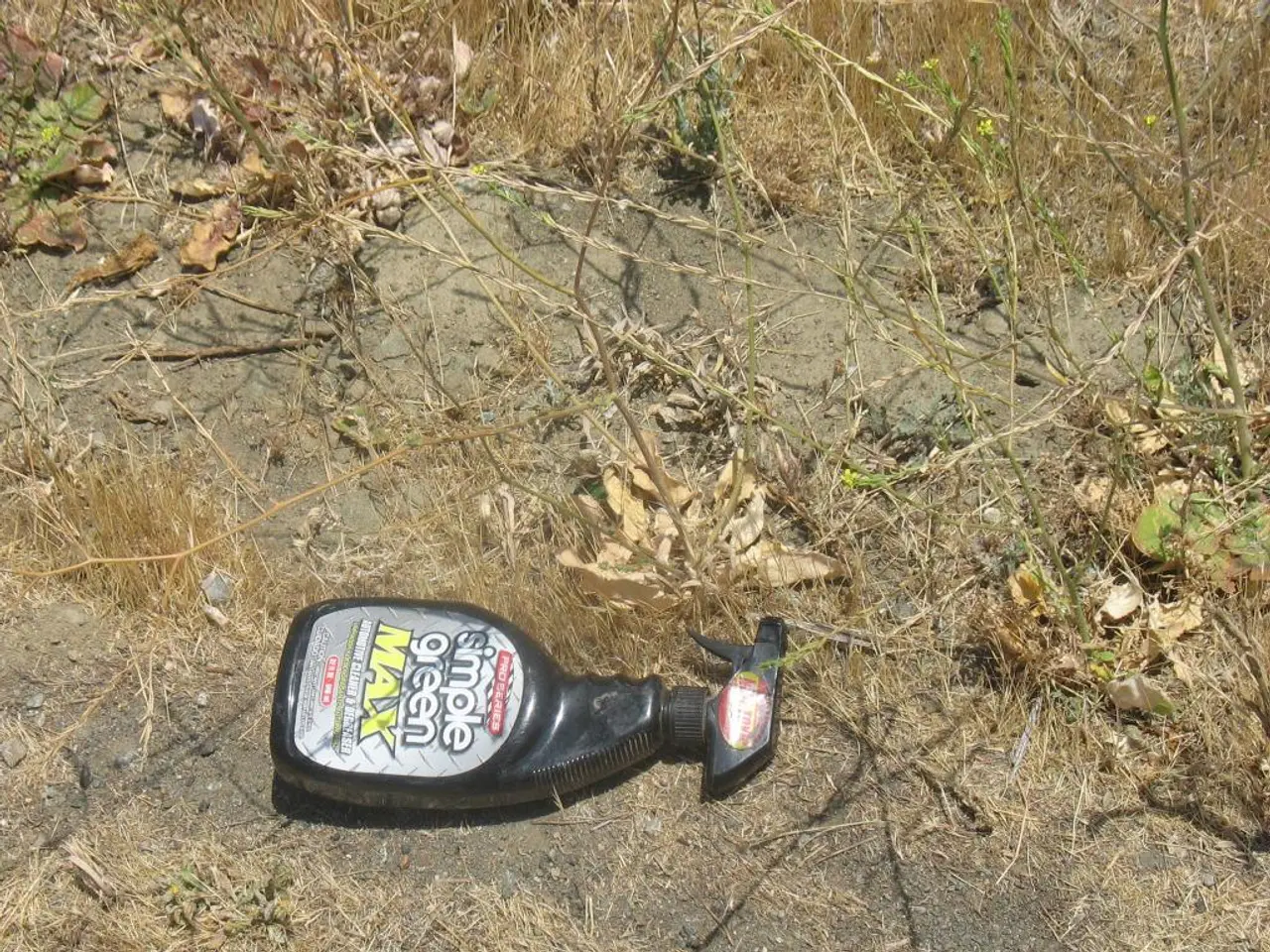Exploring the Role of Humic Acid in Plant Development
Humic acid, a substance derived from the final breakdown of organic matter, plays a significant role in agriculture and horticulture. This acid, primarily sourced from natural materials such as peat, lignite, fossil humus deposits, and the Shilajit resin from the Himalayan mountains, is renowned for its ability to improve soil nutrient profiles and promote better plant growth.
The Shilajit resin, traditionally extracted above 4,500 meters altitude in the Himalayas, is a notable high-quality source of humic acid. This substance, rich in minerals and organic compounds, has been used for centuries in traditional medicine and farming practices.
When applied to the soil, humic acid works its magic by boosting nutrient uptake. This is particularly beneficial in greenhouse cropping, where plants can be grown in controlled environments. To maximise nutrient uptake, a solution of 5 grams of humic acid per liter of water can be used for small greenhouses. For larger-scale greenhouse crops, about 1 kilo of humic acid can be mixed with 200 liters of water per hectare.
Humic acid is not just beneficial for greenhouse crops. It can also be applied to row crops to boost production. By mixing about 1/4 teaspoon of humic acid per liter of water and spraying it into the soil or the undersides of the leaves, farmers can expect improved crop yields.
For those with lawns, humic acid can be applied during the spring or fall season. To apply, mix about 2 ounces of humic acid per gallon of water and evenly spray the solution on the lawn. This will help promote better grass growth and overall lawn health.
Potted plants also benefit from humic acid. When preparing the soil for gardening or in potted plants, and also as a soil amendment when transplanting seedlings, humic acid can be mixed into the soil. For potted plants, 2 teaspoons of humic acid per gallon of water can be used to improve the soil's nutrient profile and structure.
Humic acid's benefits extend to flowering plants and trees as well. To encourage better blooms, mix a tablespoon of humic acid per gallon of water and spray liberally on the garden soil. For tree health, mix about 2 to 3 oz. of humic acid per gallon of water and pour it around the root zone.
In addition to its role in nutrient uptake, humic acid improves the soil's physical, chemical, and biological characteristics. It can support the microbial population in the ground, promoting better soil and plant health. This makes humic acid an ideal solution for sustainable agriculture, as it not only boosts crop production but also promotes soil health over the long term.
Moreover, humic acid can help reduce stress in large-scale production systems, making it a valuable tool in modern farming practices. Humic acid's ability to boost yield and plant health in various horticultural applications makes it an essential component in maintaining healthy, thriving gardens.
Read also:
- Peptide YY (PYY): Exploring its Role in Appetite Suppression, Intestinal Health, and Cognitive Links
- Toddler Health: Rotavirus Signs, Origins, and Potential Complications
- Digestive issues and heart discomfort: Root causes and associated health conditions
- House Infernos: Deadly Hazards Surpassing the Flames








